Rules:
1. Antiques only this month, as defined by original tang/receiver manufacturer date of 1898 or before.
2. Any original pre-1899 weapon allowed.
3. Limit of three guns per person.
4. Up to four pictures per entry with brief information; cost, significance, etc.
5. If multiple entries, please put in title (go advanced) "Entry #2", etc.
6. Entries close Wednesday August 28; voting ends Saturday August 31.
7. Chit chat/comments/reps allowed - this is supposed to be fun - we all like to show off
Entry #1. TFLeader - 1878 M1873 Springfield Trapdoor/bayonet
Entry #2. MajSpud - 1849 M1839/55 Prussian .72 rifled musket/cam bayonet
2-2- =4
Entry #3. bbarer - Martini-Henry Gahendra; based on an 1869 Westley Richards patented design, in 577/450
2- =2
Entry #4. Martin08: 1876 K.Mod.71 single shot Mauser Cavalry Carbine in 11 X 60mm
3-2 =3
Entry #5. MajSpud(#2) - 1890 M88 Commission Contract Rifle in 8mm, by Loewe, Berlin. Turkish WWI aid.
Entry #6. TFLeader(#2) - M1798 Eli Whitney contract musket in .69 cal.; double conversion, carbine length
1-1 =6
Entry #7. noddaduma - M1896 Krag rifle rearsenaled with 1902 sights
Entry #8. MajSpud Entry(#3) - Erfurt 1893 M1888 Comission Karabiner Bavarian Cavalry Unit Marked
3- =1
Entry #9. 50_Grain - 1897 Swiss model 1896/11
Entry #10. Martin08(#2) - 1893 Chatellerault built M91; WWI German Capture 'Deutschland' marked
1-3- =4
Entry #11. 50 BMG - 1892 trapdoor
3- =1
Entry #12. 50 BMG(#2) - Cadet trapdoor
2- =2
Entry #13. WWII_Collector - 1864 M1862 Joslyn breech loading carbine
3-1 =4
Entry #14. JuergenG - Danzig 1876 M1871 I.G.
3-1-1 =7
Entry #15. JuergenG - Spandau 1888 M1871/84, I.G. matching
2-
Entry #16. camojunky - M1887 Swedish Nagant revolver
T
1. Antiques only this month, as defined by original tang/receiver manufacturer date of 1898 or before.
2. Any original pre-1899 weapon allowed.
3. Limit of three guns per person.
4. Up to four pictures per entry with brief information; cost, significance, etc.
5. If multiple entries, please put in title (go advanced) "Entry #2", etc.
6. Entries close Wednesday August 28; voting ends Saturday August 31.
7. Chit chat/comments/reps allowed - this is supposed to be fun - we all like to show off
Entry #1. TFLeader - 1878 M1873 Springfield Trapdoor/bayonet
Entry #2. MajSpud - 1849 M1839/55 Prussian .72 rifled musket/cam bayonet
2-2- =4
Entry #3. bbarer - Martini-Henry Gahendra; based on an 1869 Westley Richards patented design, in 577/450
2- =2
Entry #4. Martin08: 1876 K.Mod.71 single shot Mauser Cavalry Carbine in 11 X 60mm
3-2 =3
Entry #5. MajSpud(#2) - 1890 M88 Commission Contract Rifle in 8mm, by Loewe, Berlin. Turkish WWI aid.
Entry #6. TFLeader(#2) - M1798 Eli Whitney contract musket in .69 cal.; double conversion, carbine length
1-1 =6
Entry #7. noddaduma - M1896 Krag rifle rearsenaled with 1902 sights
Entry #8. MajSpud Entry(#3) - Erfurt 1893 M1888 Comission Karabiner Bavarian Cavalry Unit Marked
3- =1
Entry #9. 50_Grain - 1897 Swiss model 1896/11
Entry #10. Martin08(#2) - 1893 Chatellerault built M91; WWI German Capture 'Deutschland' marked
1-3- =4
Entry #11. 50 BMG - 1892 trapdoor
3- =1
Entry #12. 50 BMG(#2) - Cadet trapdoor
2- =2
Entry #13. WWII_Collector - 1864 M1862 Joslyn breech loading carbine
3-1 =4
Entry #14. JuergenG - Danzig 1876 M1871 I.G.
3-1-1 =7
Entry #15. JuergenG - Spandau 1888 M1871/84, I.G. matching
2-
Entry #16. camojunky - M1887 Swedish Nagant revolver
T
Last edited:

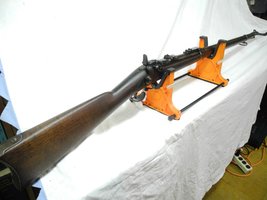
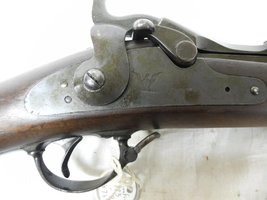
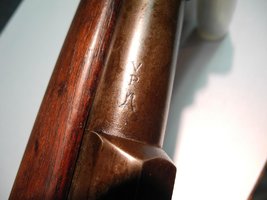
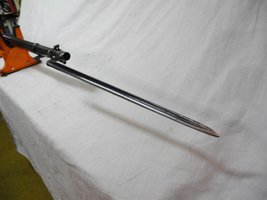
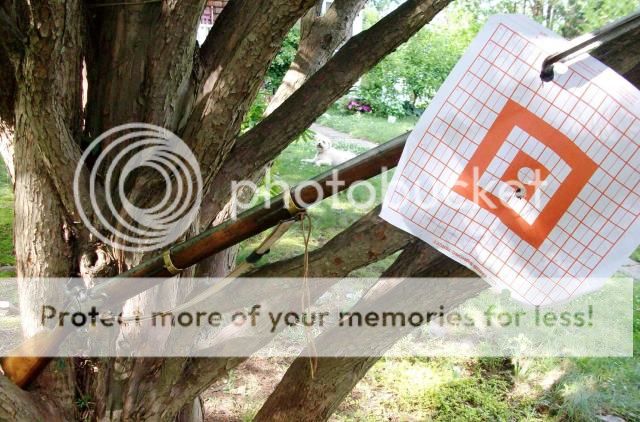

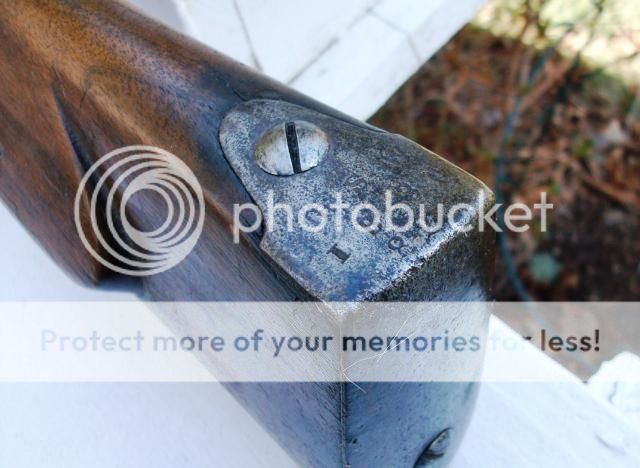
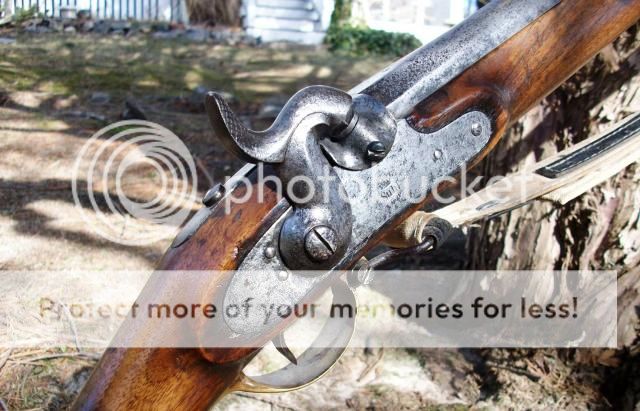
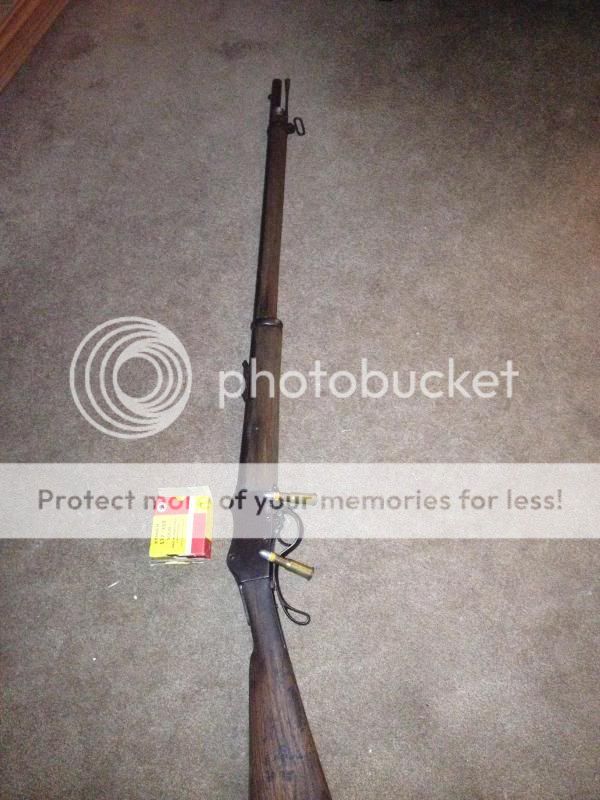

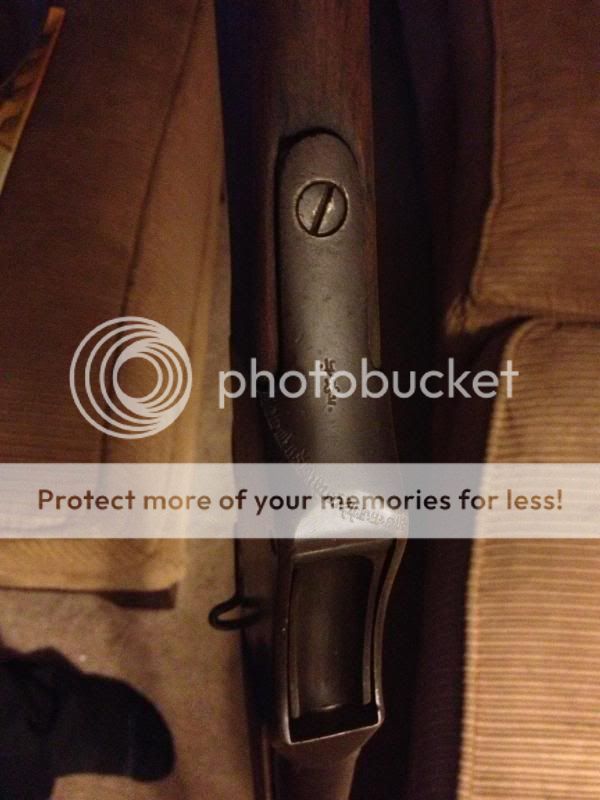
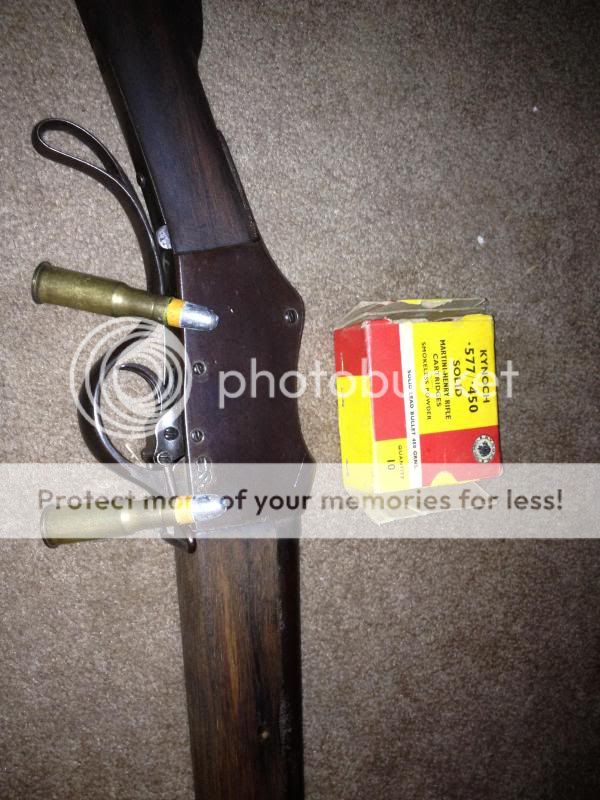




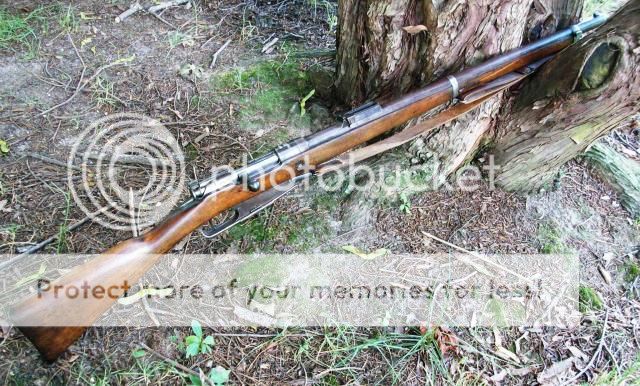

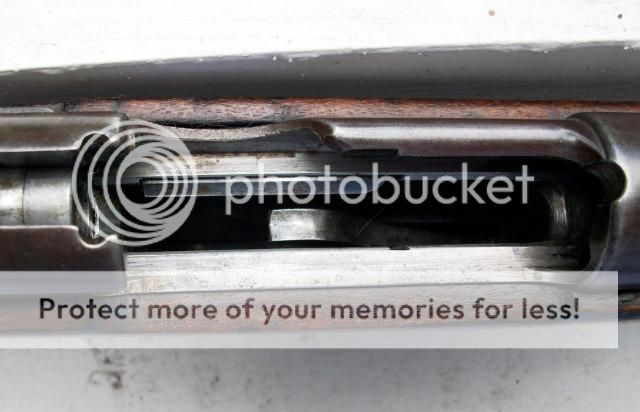
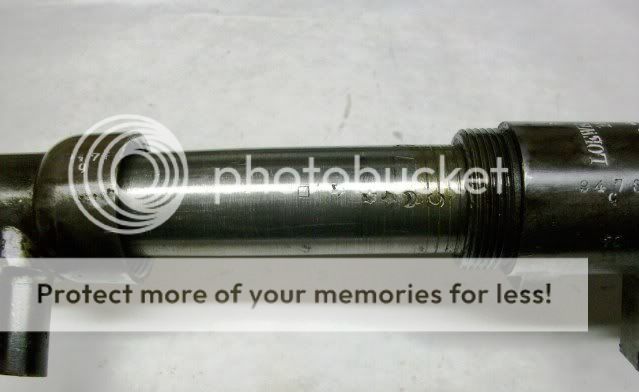
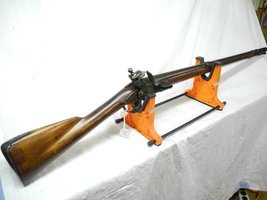
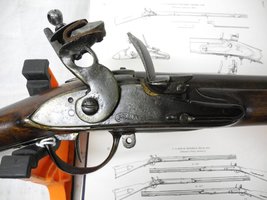
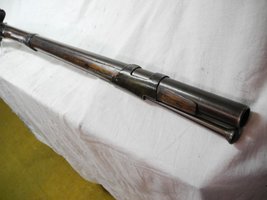
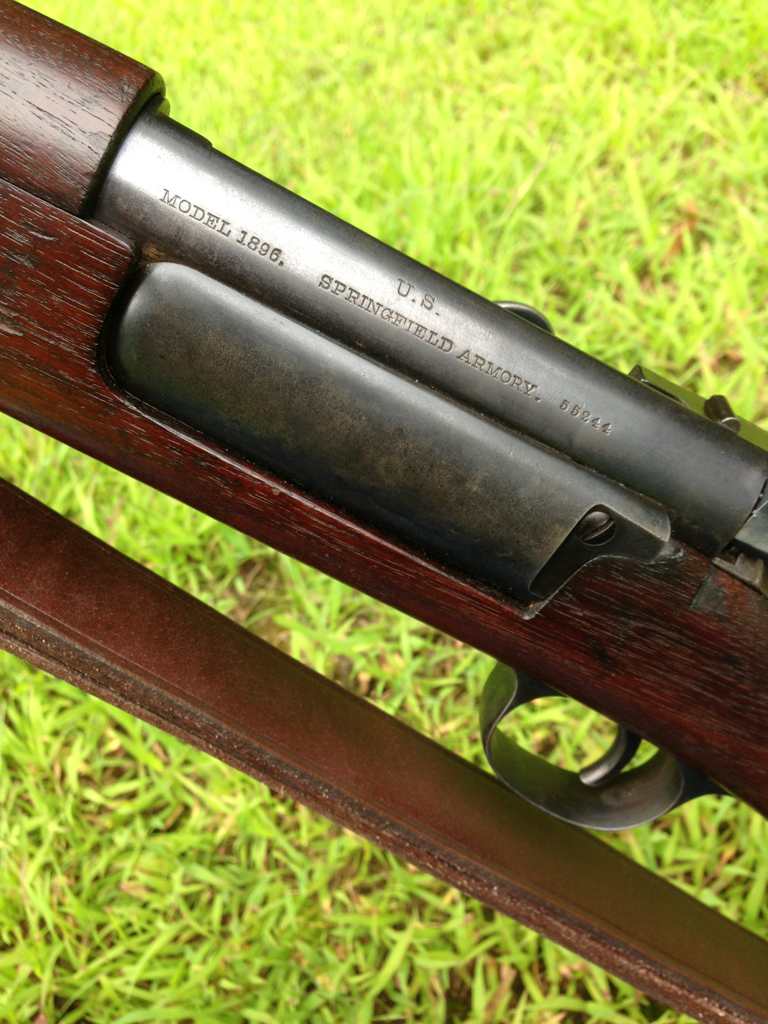

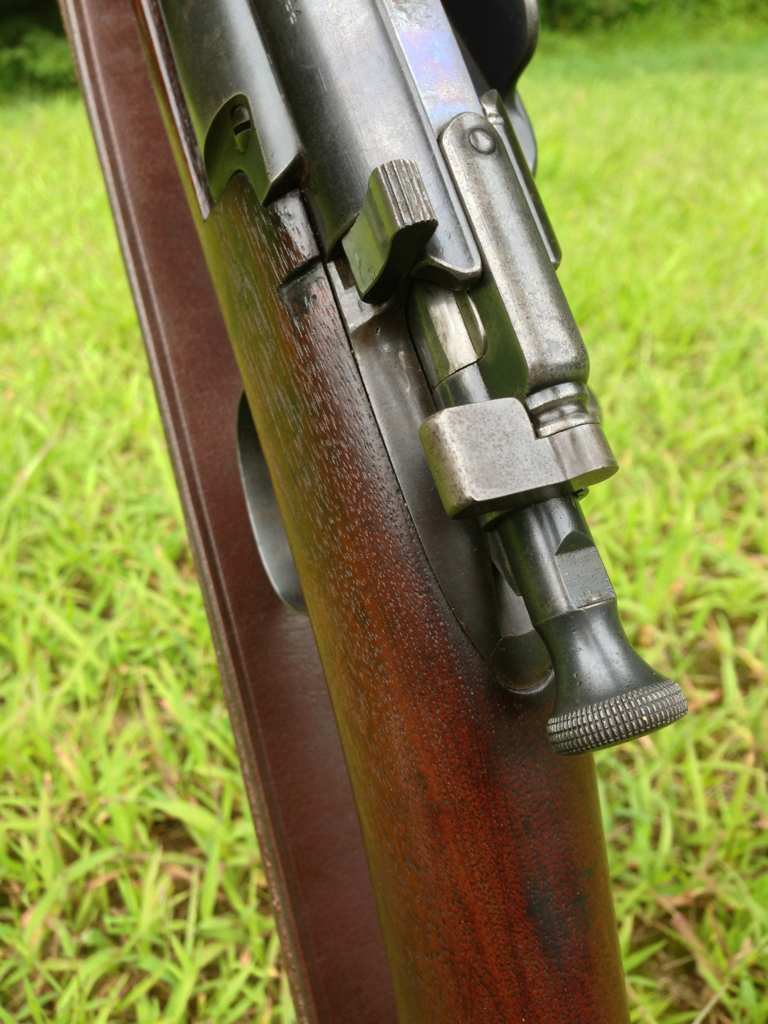


![ROFL2 [rofl2] [rofl2]](/xen/styles/default/xenforo/smilies.vb/035.gif)
![Smile [smile] [smile]](/xen/styles/default/xenforo/smilies.vb/001.gif)
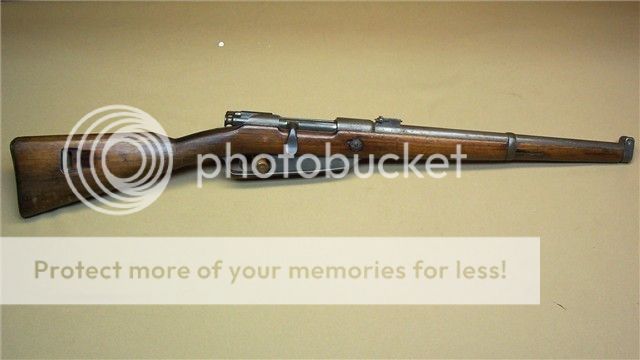

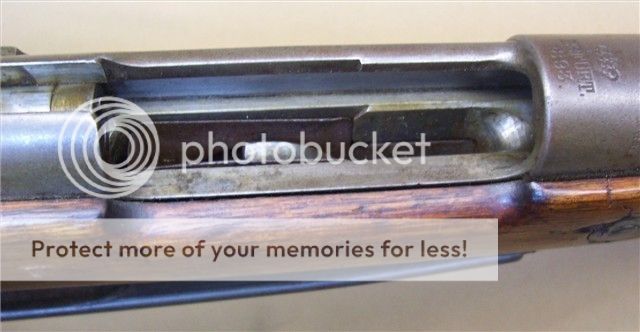
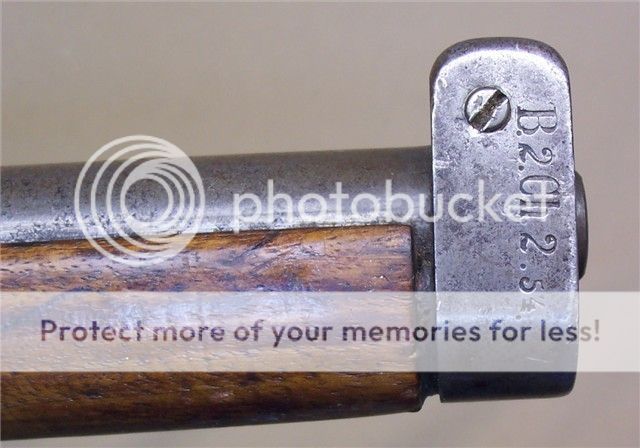
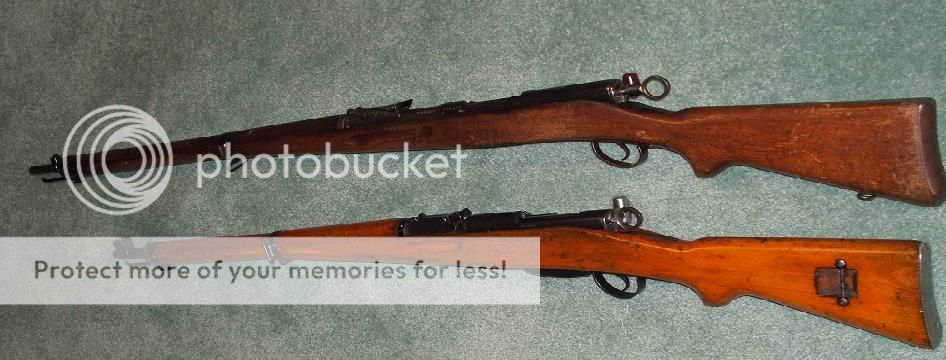
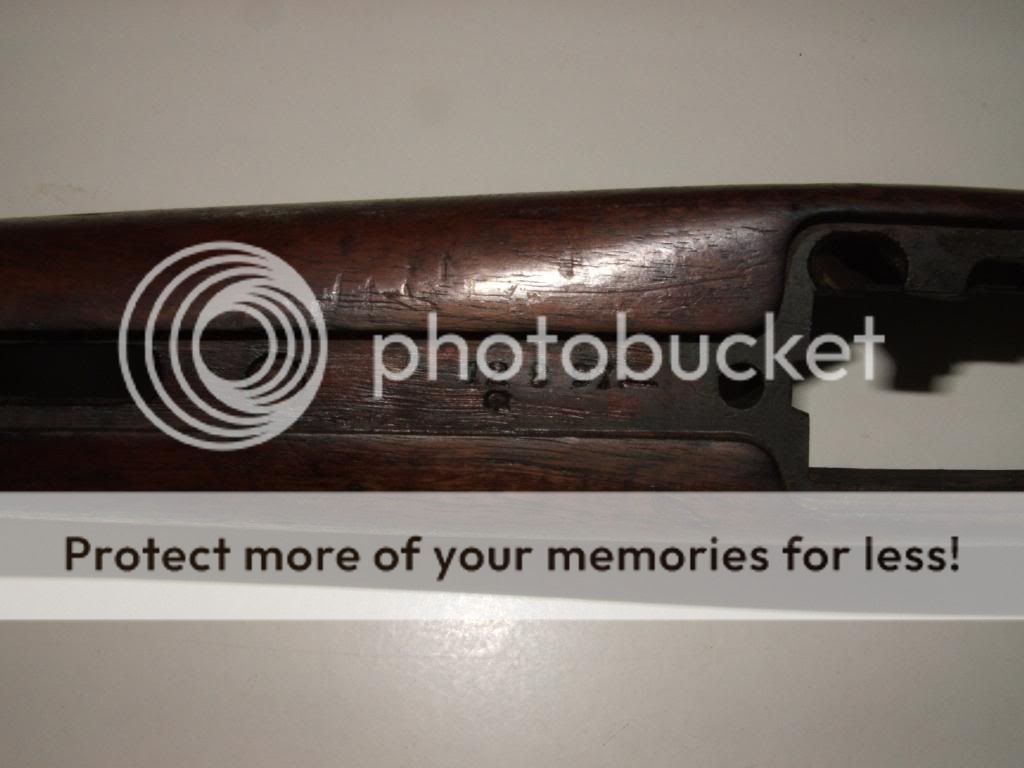
![Grin [grin] [grin]](/xen/styles/default/xenforo/smilies.vb/041.gif)






![Wink [wink] [wink]](/xen/styles/default/xenforo/smilies.vb/002.gif)